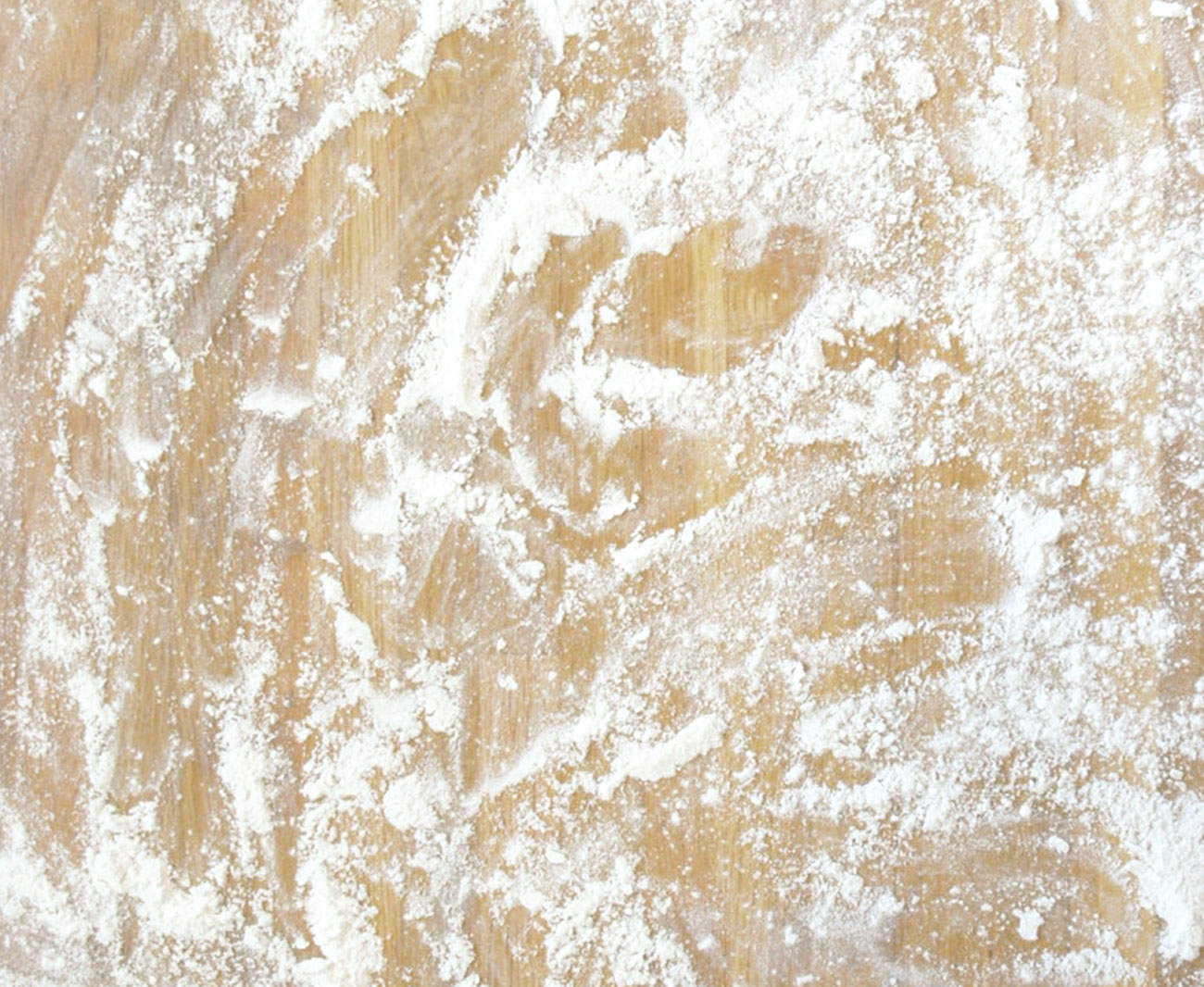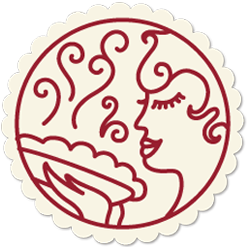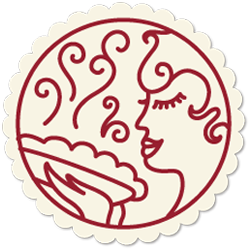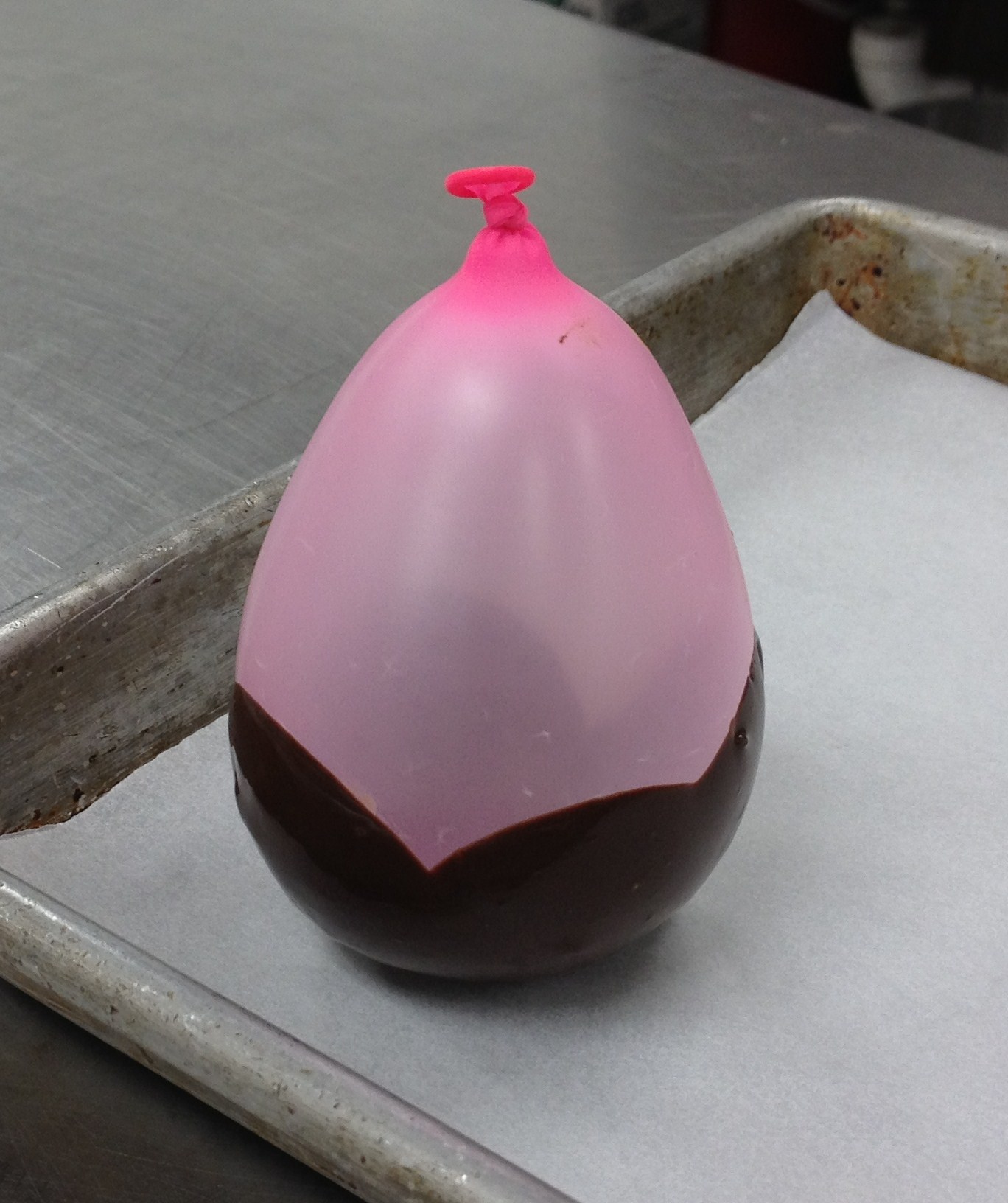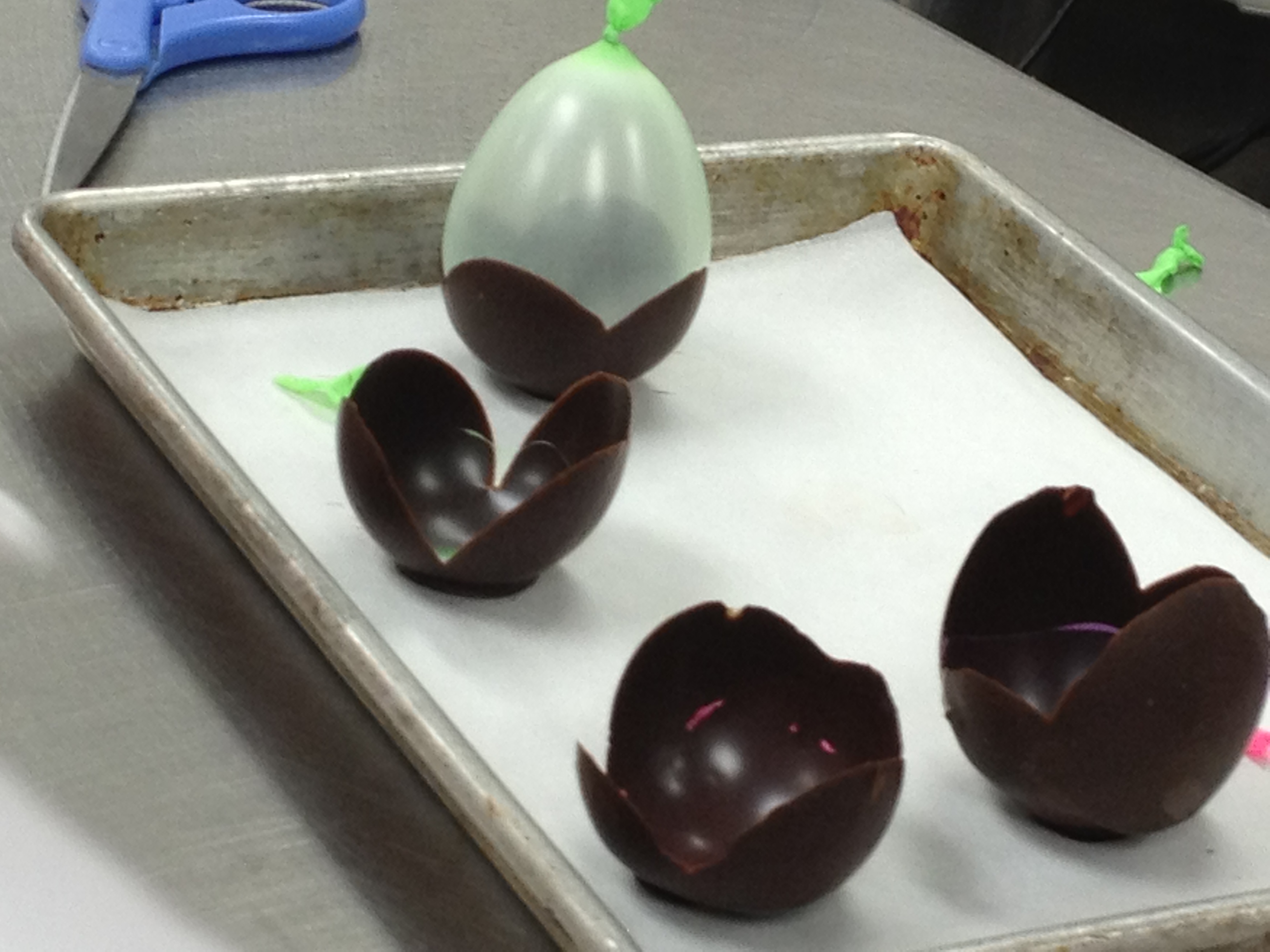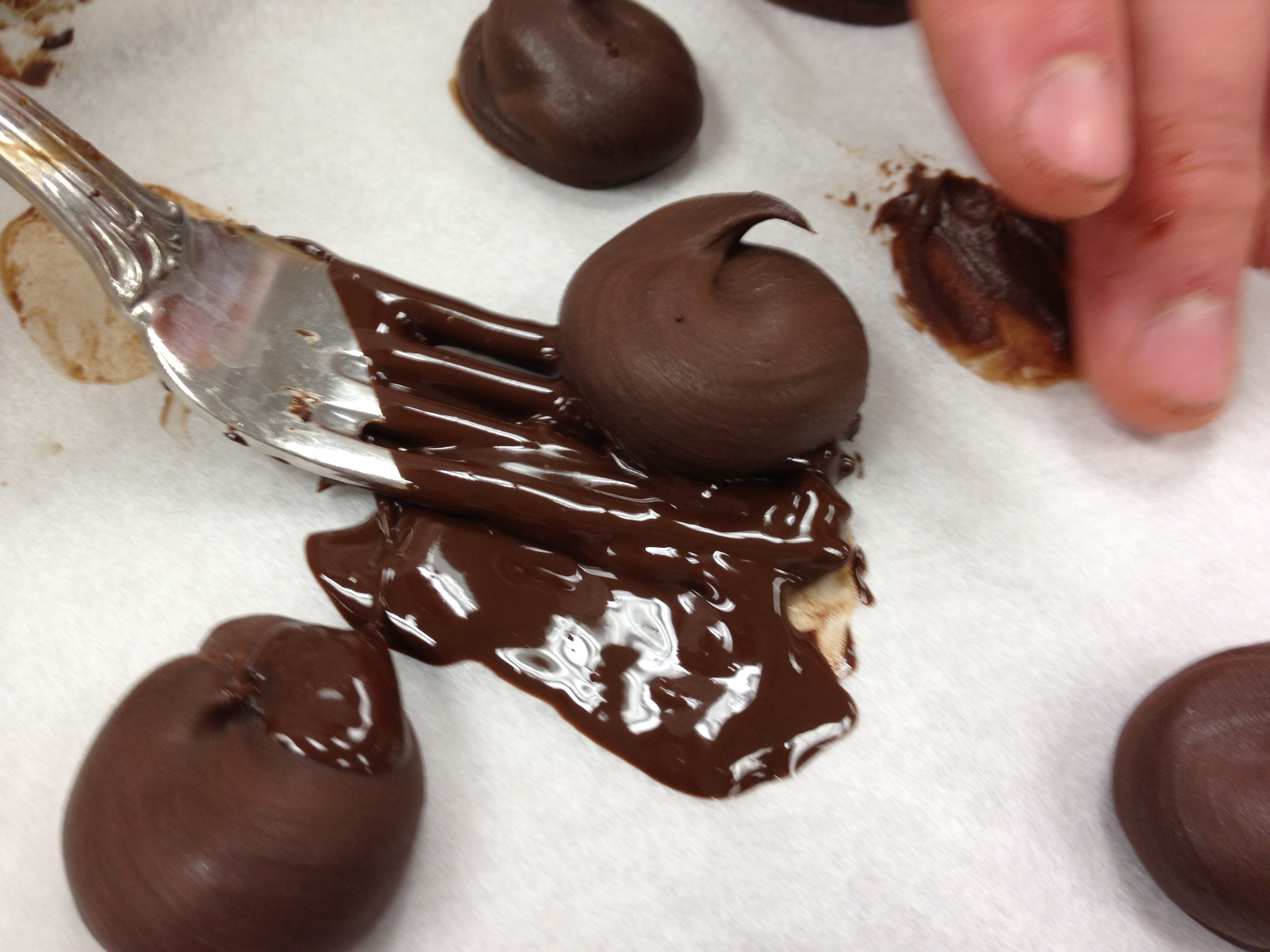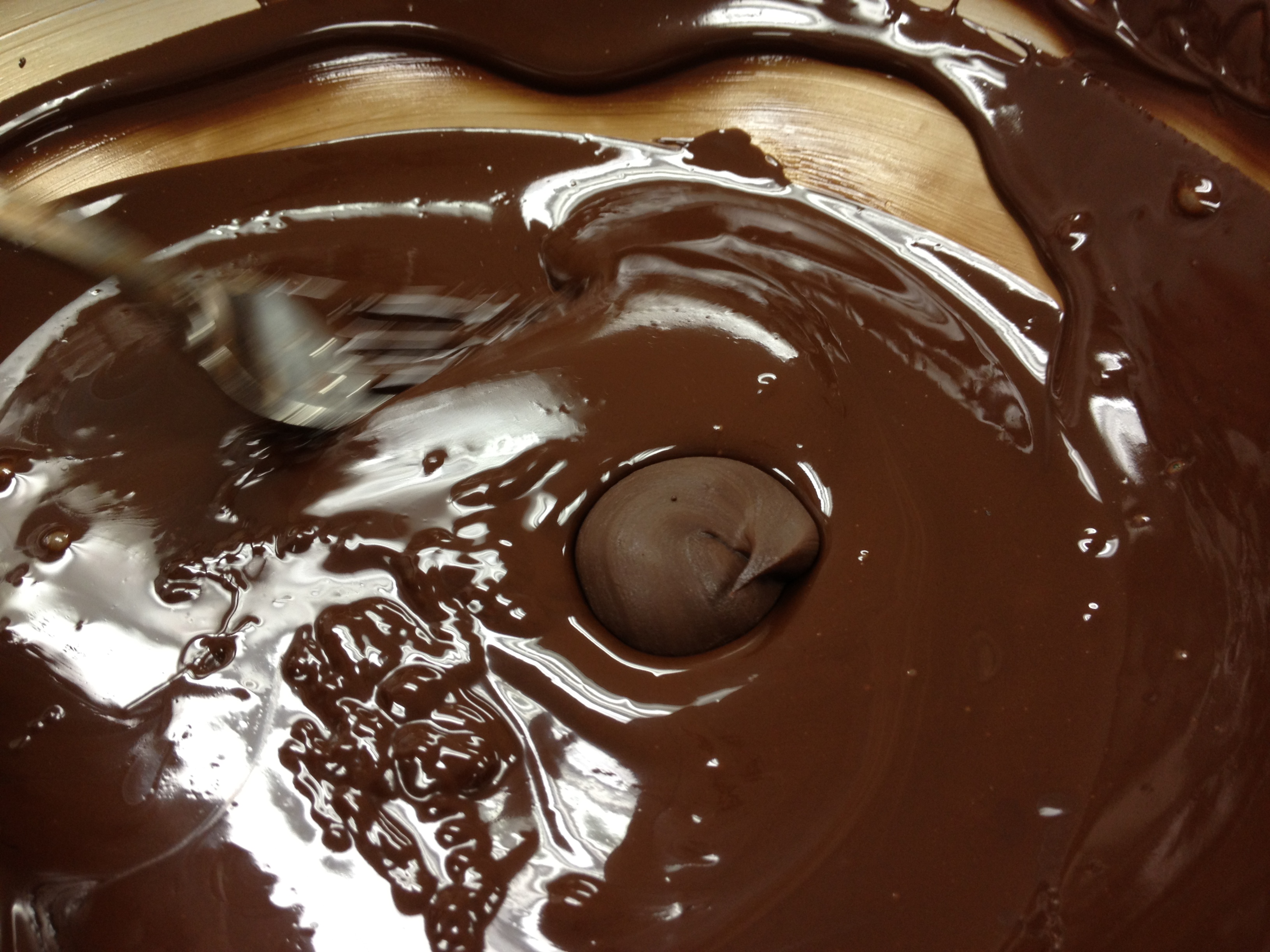The good people who teach our pastry techniques class at L’Academie de Cuisine warned us way back in January that tempering chocolate would be tedious and frustrating. Maybe that’s why they waited 17 weeks to make us do it.
It lived up to everything they promised us.
Tons have been written about tempering chocolate; its chemistry seems to hold an allure–or a challenge–that generates lots of how-to’s. The great Chez Panisse pastry chef David Lebovitz shares his experience; America’s Test Kitchen claims to have an easier method; San Francisco chocolate company Ghirardelli tries to hold our hand through it; Epicurious offers us a how-to video on YouTube (it’s not as wonky as you might think; when I checked, 91,000 people had watched this thing.).
We all know baking is chemistry, but typically we’re having such fun while we’re doing it that we’re just not thinking about all the little atoms and molecules and how they are interacting. When you temper chocolate, you’re in conscious chemistry up to your eyeballs. We’re talking Beta 6 crystals.
That’s the crystal structure of solid chocolate that you want to recreate in melted chocolate so that whatever you use it for has a lovely shine and sets up well. There are several ways to do that, but they all involve a process of heating, cooling, then slightly warming the chocolate.
The method Chef Claude taught us is called the “seeding” method. We brought water to a boil in a saucepan, then turned off the heat and let it steam. We put two-thirds of our chocolate–58 percent couverture–into a bowl and set it over the water to melt. It sat there quietly melting while Chef demonstrated the whole process for us at his countertop at the front of class.
When we turned back to our own little pots, it was time to take our bowls of melted chocolate off the steam and place them on a towel on the countertop. We were looking for the chocolate to reach the desired temperature of about 122 degrees, which will disassemble the Beta 6.
Chef is old-fashioned: he wants to train our senses to know when things are right, instead of relying on gadgets. So the way we checked for temperature was to touch our chocolaty utensils to a spot just below our lower lip. If you think you would have no earthly clue if a dab of warm chocolate felt like 125 degrees or 122 degrees, you would be right. Welcome to the beginning of our frustration and cluelessness.
Accepting Chef’s sage nod that our chocolate was ready to start the cooling process, we moved to step number two: bringing the melted chocolate from 122 degrees to about 84 degrees. We took our bowls of chocolate off the steamy pots of water and set them on towels on the countertop.
We added some of the remaining one-third of our chocolate disks to the melted chocolate, “seeding” it with intact Beta 6 crystals from the cool chocolate, and helping cool the melted chocolate. Stirring, stirring, stirring with our rubber scrapers. Stirring some more. With the many things that chocolate hates–and there are a lot of them, like humidity, and having even one stray drop of water added to it, which it hates so much that it will seize up on you in nasty vengeful clumps–it turns out that chocolate loves to be stirred. So we stirred and stirred while our chocolate cooled.
How were were able to tell that our chocolate had reached 84 degrees? You guessed it: we dabbed it on our lower lips. We did it again and again, trying to figure out if it was about right. We were supposed to be able to detect that it was just below body temperature. But that teensy of a difference between body and chocolate is, well, not that easy to detect. We students were looking searchingly at one another, asking silently: Do you feel it? Can you tell? Is it cool enough? And all the while we looked ridiculous, in the bright lights of the kitchen, with furrowed eyebrows and little horizontal slashes of chocolate on our upper chins. (Even Chef Claude had the little slashes. It was pretty funny.)
Then it was time to warm our chocolate back up, but just a little: to the “working temperature” of 86-88 degrees (all these temps are for semi or bittersweet chocolate, by the way; they’re lower for white or milk chocolate). We set the bowl back over the steaming water for 5 to 10 seconds, stirring all the while, and grabbed it off again. And yes, we had to dab again. Oh. My. God.A bunch of times. And we still felt clueless. More exchanges of quizzical looks.
How the hell were were supposed to detect a rise in temperature of 2 to 4 degrees? Chef said the 84 should feel cool and this one should feel barely warm. To most of us, they felt the same. Some of us began to dream of candy thermometers and other advances of modern civilization that seem, well, you know, suited to this kind of work. But I think most of us really did understand what Chef was trying to teach us: how to use our five senses, our good sense, and our experience–some of which were more lacking than others, on this first adventure with tempering–to figure out when something was right. He does this often: we long ago gave up asking how long to bake something, because we know his answer: “Until it’s done.” We need to learn how to monitor and judge that visually.
So when the third time of checking and dabbing rolled around, we did it with the resignation of those who know they have no choice other than to just shut up and learn. But we had an added ally on this round: the parchment paper test.
Chef’s assistants had cut bunches of small parchment strips, and now it was time to use them. We dragged them lightly across our chocolaty spoons and set them on cooling racks. Telltale signs on those strips would tell us whether our chocolate was “in temper.” (Remarkably, all of us students were still “in temper” too, as frustrating as this whole thing had been.) We were told to look for the chocolate to dry to a nice, smooth shine, without streaks, and to resist making a fingerprint when we touched it briefly and lightly. We also looked for the parchment to curl slightly.
Chef Claude weaved among us, pronouncing which chocolates were tempered and which needed more time. Mine, strangely, was one of the first to temper. I am utterly clueless about why, but I didn’t question my good fortune. I proceeded to make a sweet little tulip cup by dipping a balloon into the chocolate at careful angles.
I also used the tempered chocolate to coat little blobs of ganache that Chef had piped out earlier for us. Easy-peasy: drop the little blob into the tempered chocolate–which was held at working temperature–roll it around, and drop it on a cooling rack.
And so it was that a frustrating evening was rewarded with a truffle just as fine as you would like it to be. 🙂
And to make sure our tedious tempering journey was well rewarded, as we packed up our aprons Chef served us homemade chocolate ice cream and brownies that he had made for us as a demonstration at the beginning of the evening. Or maybe it was to make sure we came back for the second session of tempering chocolate next week.
